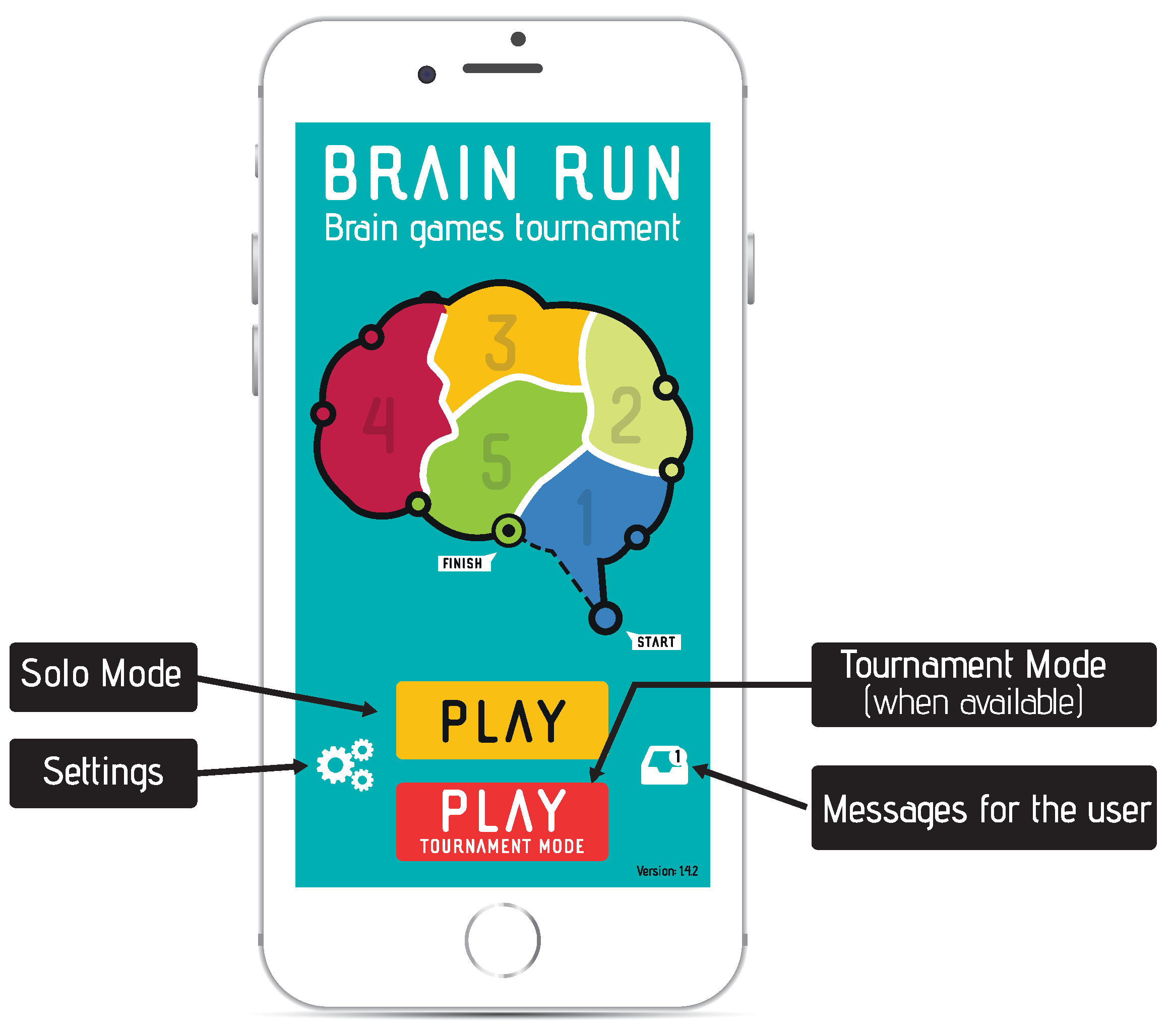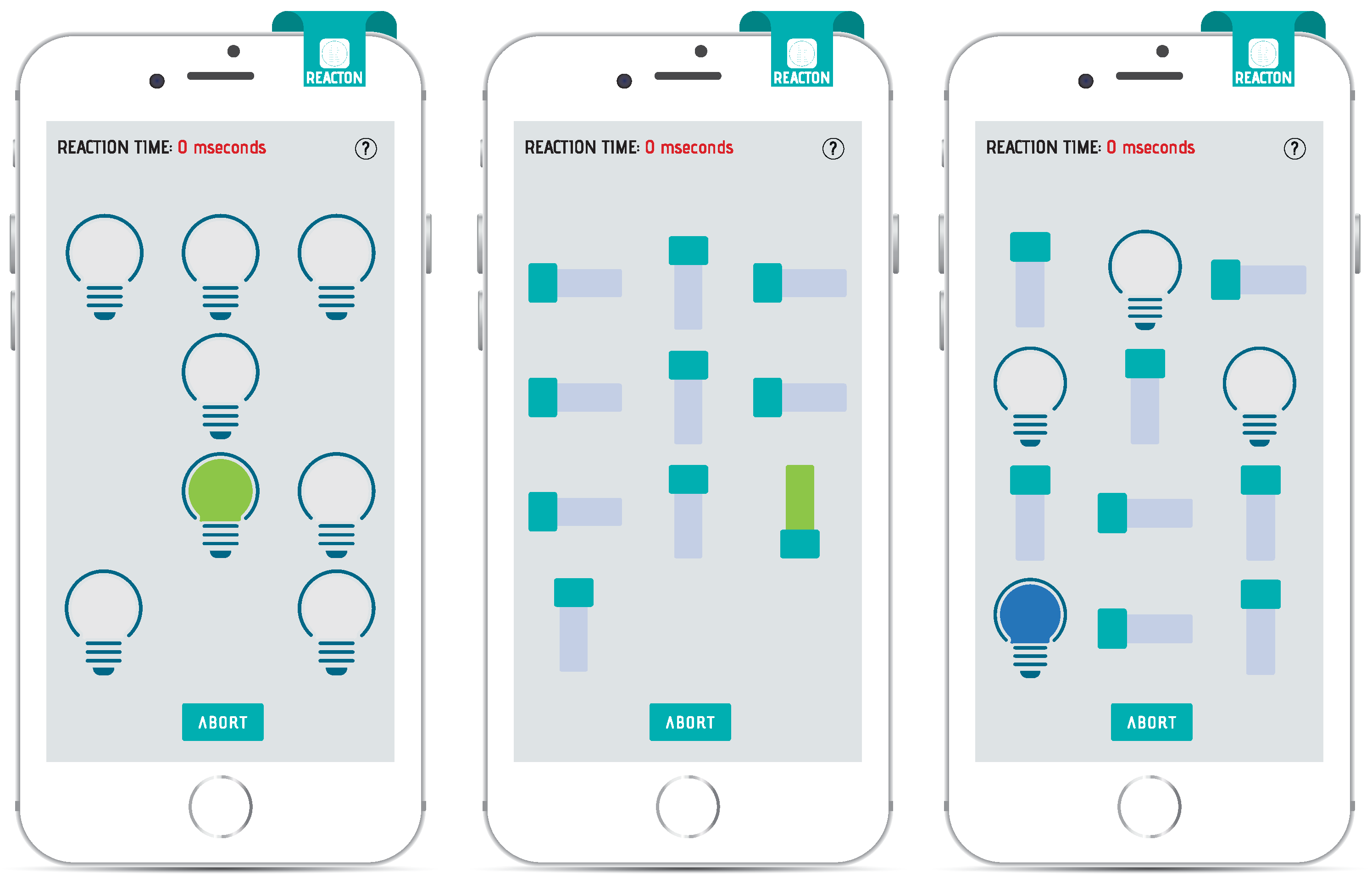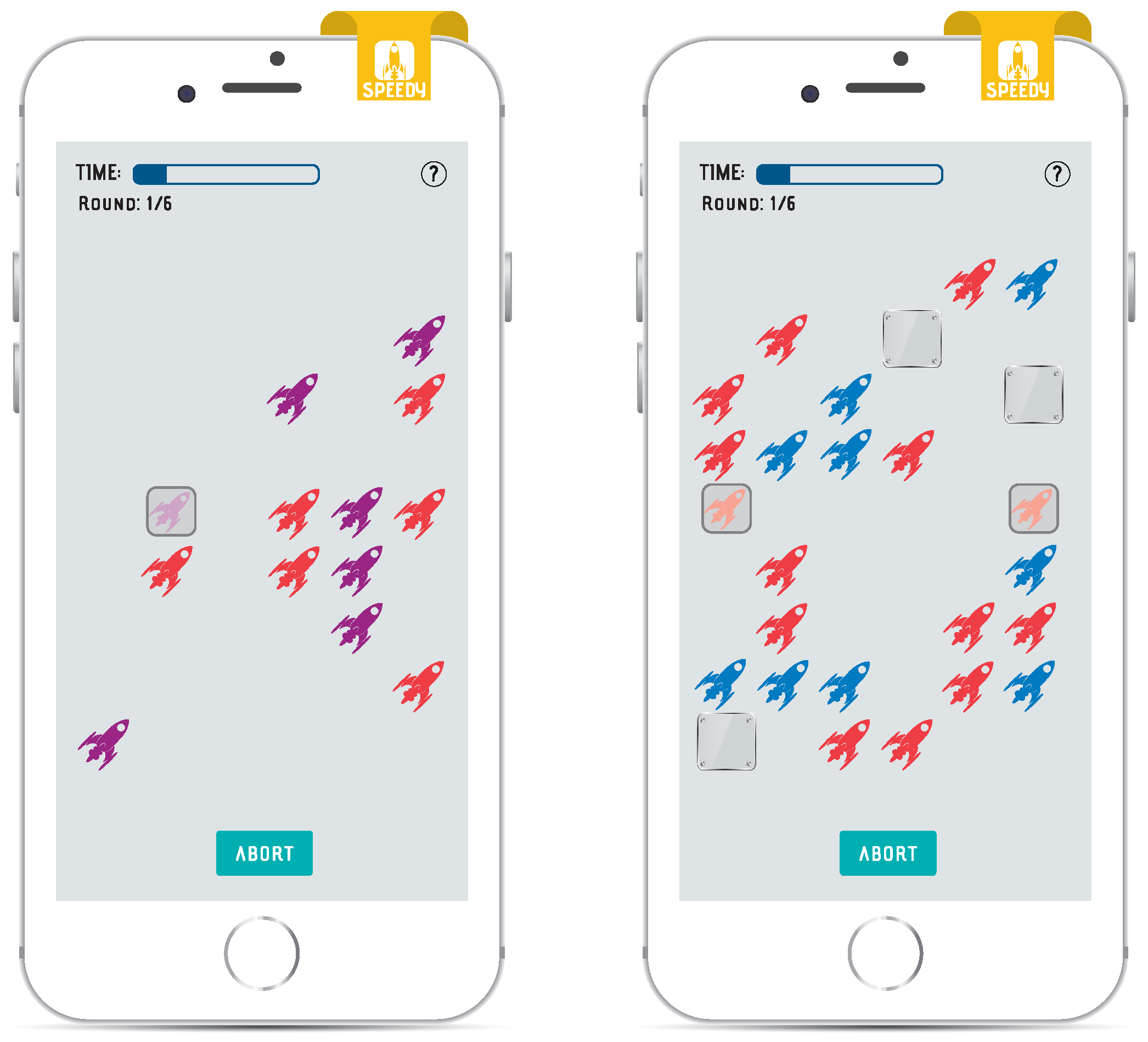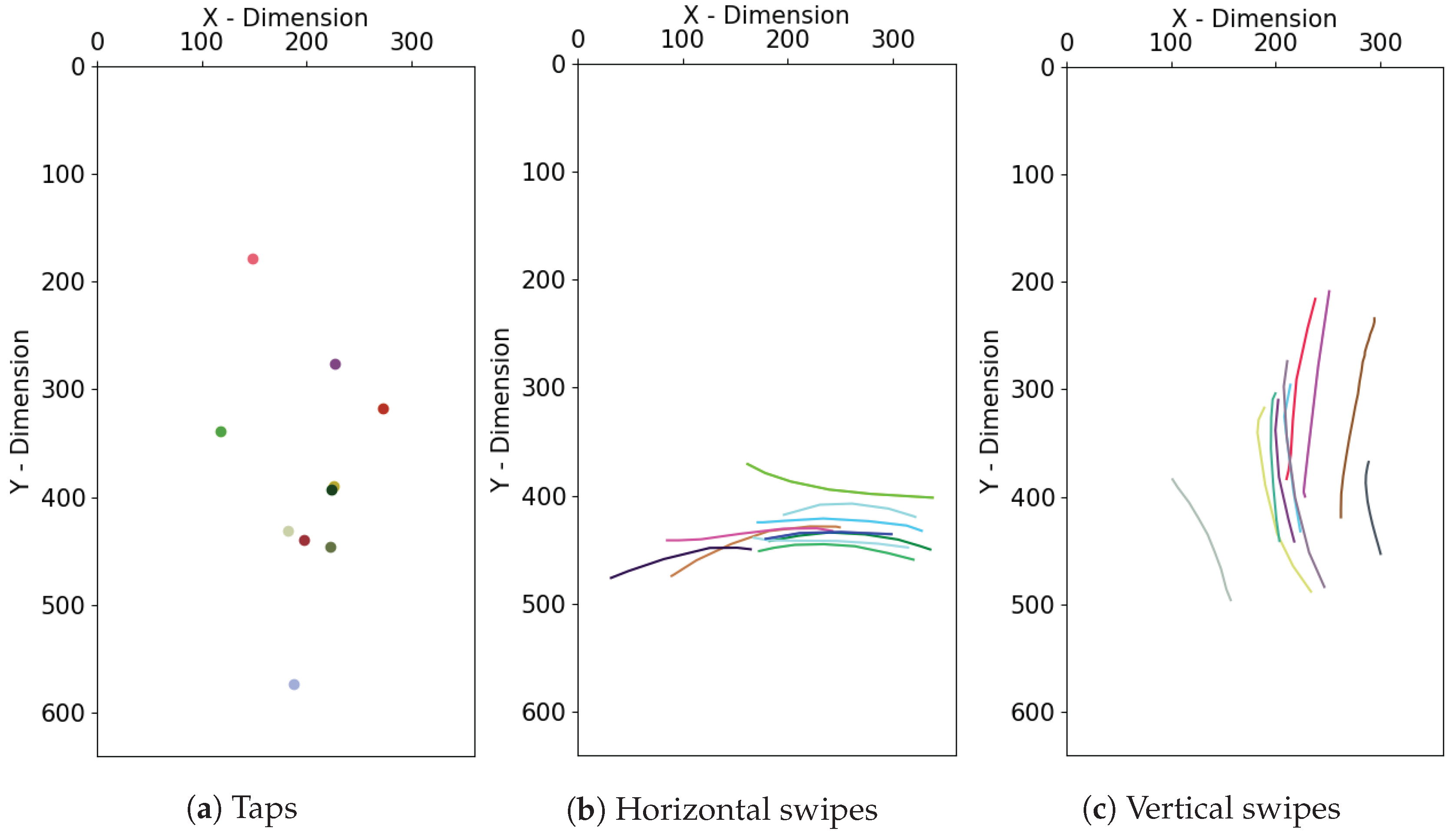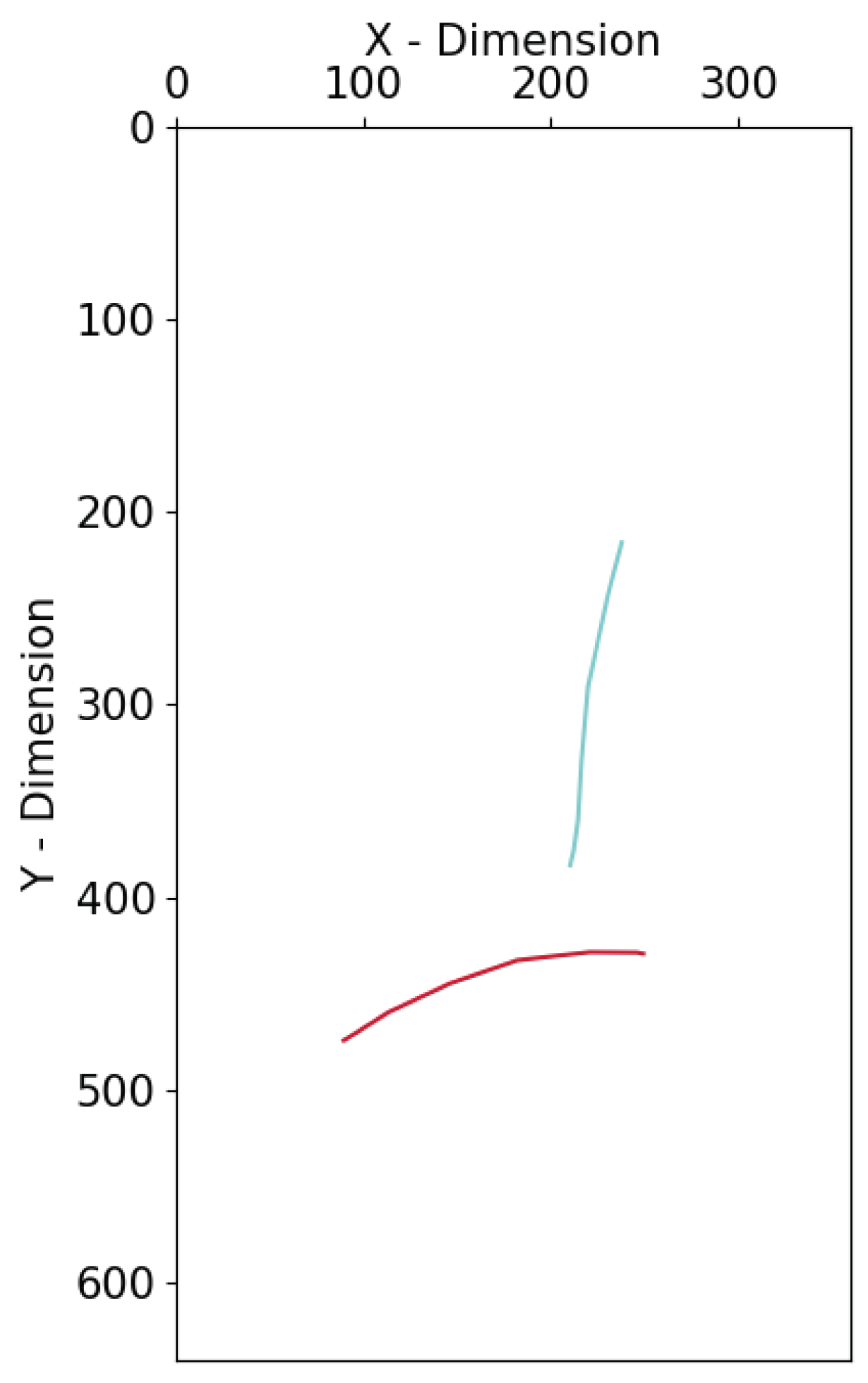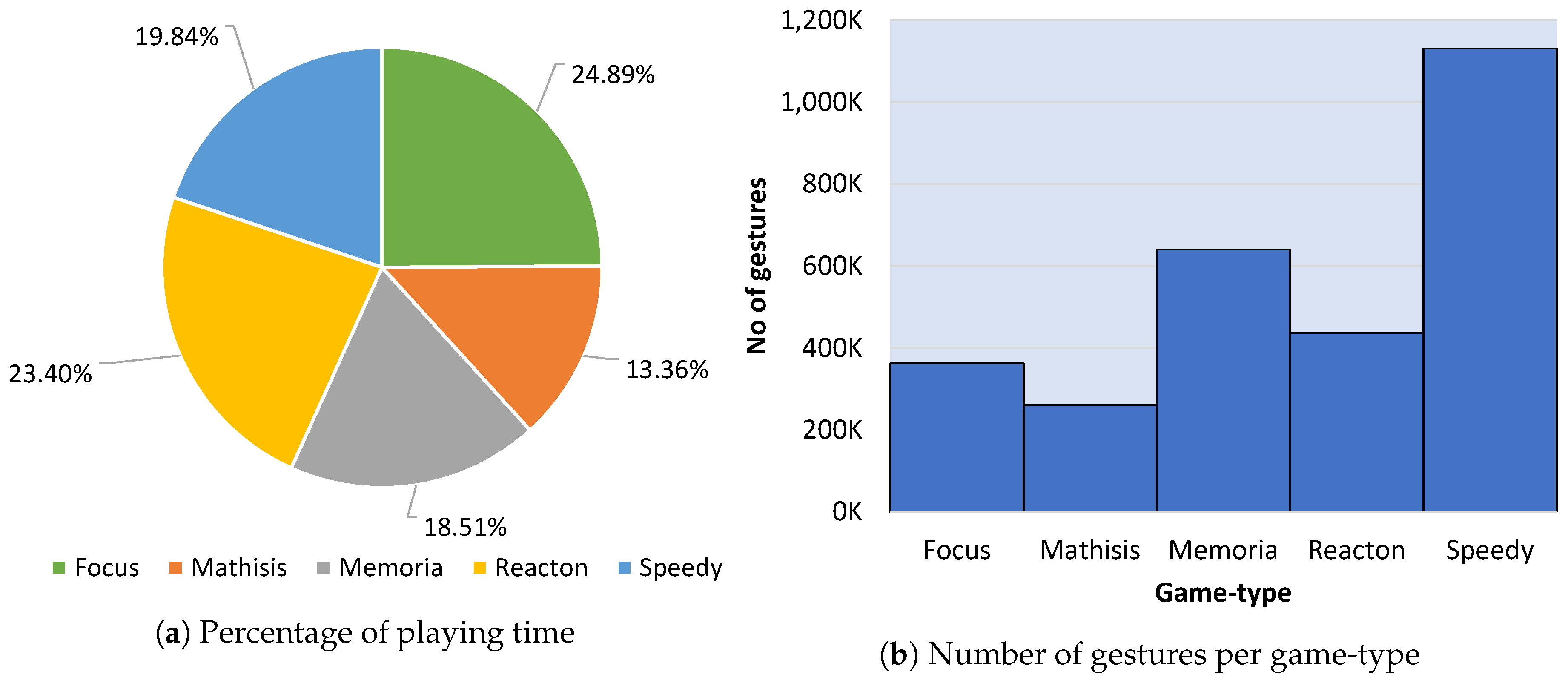1. Summary
The continuously increasing penetration of smartphones into every aspect of everyday life is more than evident. According to recent studies [
1], the number of mobile phone users is almost exponentially increasing and is expected to exceed 5 billion within 2019. This aggressive penetration of smartphones into our daily lives as a primary way not only for entertainment and socializing, but also for working, has constituted a new paradigm, where more and more mobile applications are released for services provision purposes.
Obviously, the extensive use of mobile applications and the wide exchange of data over the web raise several security and privacy concerns. These concerns mainly originate from the fact that mobile devices (where information is stored) can be easily stolen and as a result access to confidential data can be compromised. In an attempt to come up against these security threats, many state-of-the-practice approaches involve authentication mechanisms such as passwords, unlock patterns, or even face or fingerprint recognition [
2,
3]. The use of these techniques, however, has been proved to be inefficient in some cases, firstly because they add overhead (thus users store passwords and pins), and secondly because they perform one-time authentication (if you are authenticated once, you get full access to the service/application functionality). This is reflected by the fact that almost four out of ten users (42%) do not use the lock mechanism of their devices in an effort to simplify their interaction with them [
4]. On top of the above, even in the cases where passwords are used, the data exposure concern is not sufficiently prevented, as the users tend to select simple and thus easy-to-type but also easy-to-guess passwords.
In an attempt to overcome the aforementioned issues, many research efforts are directed towards continuous implicit authentication on the basis of behavioral biometrics [
2,
5,
6]. The main idea behind this approach is to take advantage of data that originate from the continuous interaction of the user with the mobile device, generate a number of features that uniquely model the user’s interaction, and discriminate him/her among others [
7,
8]. Such a methodology enables passive authentication, as it relies on touch data that are already produced by the users without requiring any authentication-specific action. In fact, there are several studies in the context of continuous implicit authentication that focus on the capturing of gestures (touch sequences) [
9,
10]. These studies, however, appear to have two major limitations. First of all, they use a controlled laboratory-environment application with certain functionalities and limited predefined actions from the end-users [
11], which comes in contrast to many real-world daily scenarios, where the users freely navigate through applications, in order to consume the functionality offered. Additionally, they are confined with a ground truth that involves a limited number of users (subjects) and thus are restricted to certain modelling scenarios. These limitations constitute a significant threat to validity.
In the context of this work and in an effort to overcome the above limitations, we employ the educational game “BrainRun”
1, available at both the “Google Play Store”
2 and “Apple App Store”
3, in order to collect gestures and sensors data from many different users/devices. The data collection methodology along with the design of the application as a series of mini-games each involving a unique setup enable capturing the behaviour of end-users under different usage scenarios. The collected data are included in the provided dataset, which contains the raw information regarding the gestures made by each user, meta-data regarding the user and the games played, and the raw data from the mobile device sensors.
2. Data Description
The data gathered from “BrainRun” are split in three major parts:
Gestures
The gestures data contain the raw information regarding the coordinates of the screen points involved in every tap and swipe of all registered users. The data are organized in documents (.json files), each containing the information regarding a certain captured gesture (tap or swipe). In an effort to provide customizable dataset creation abilities, each document also contains information regarding the device, the name of the application screen, and the duration of the gesture.
Users/Devices/Games
The data collected from users and games belong to three main categories: (a) information regarding the registered users, (b) information regarding the registered devices, and (c) information regarding all the games played. The information included in these categories facilitates the dataset creation procedure as it enables the retrieval of various statistics that can provide valuable insight to the modelling procedure (i.e., the investigation of the impact of the experience or the game type—speed-based/concentration-based—on the swiping behavior, the change of behavior among different devices, etc.).
Sensors
The raw measurements extracted from the mobile device sensors (accelerometer, gyroscope, magnetometer, and device motion sensor) of the BrainRun registered users. The sensors data can be used as an additional modelling parameter towards continuous implicit authentication as they enable capturing the behavior of end-users in terms of the way they interact with the device itself (i.e., holding position, shaking events, moving behavior, etc.).
2.1. Gestures
The gestures data capturing information reflects the way users interact with their mobile devices while playing the BrainRun game. There are two types of gestures: (a)
taps, each referring to a single certain point touched in the screen, and (b)
swipes, each referring to the activation of a series of screen points in a continuous hand movement. The provided dataset contains 3.11 M gestures collected from 2218 different users and 2418 different devices. The percentage of taps among the collected gestures is around 79%.
Figure 1 illustrates a series of sample gestures (taps, horizontal swipes, and vertical swipes) for a certain user playing BrainRun in a mobile device with dimensions 380 × 640.
Table 1 depicts the attributes stored for each data instance. This way one can link the gesture to a registered user (through the device identification number) and obtain information regarding the certain screen of the application and the timeframe when the gesture took place. The
data attribute contains the core information regarding the gesture in the form of a list of objects, each referring to a single point touched in the screen during the hand movement. While taps contain only one list item, the number of list items in the case of swipes depends on the duration of the gesture. The sampling rate is 15–20 ms.
Table 2 presents the attributes of each data list item, while
Figure 2 along with
Table 3 depict two different swipes along with the coordinates of the respective data points.
Figure 3 illustrates the histogram regarding the number of points sampled by the mobile phone for every swipe included in the dataset. It is clear that the values regarding short swipes (less than 10 samples) follow a normal distribution, while 6 samples swipes exhibit the highest frequency. It is worth noting that there is a high number of gestures (>80 k) of length higher than 10 points.
2.2. Users
The available dataset contains 2218 registered users, i.e., users that have played at least one game. According to the gathered data, 60% of the users are men, 26% are women, while the rest (14%) have chosen not to reveal their gender. In addition, the vast majority of the users (almost 95%) have only used one specific device to play the game.
Figure 4a depicts the distribution of the age groups among the registered users, while
Figure 4b refers to the experience points
4 gained by completing the games. It is worth noting that both distributions reveal that the BrainRun registered users cover a wide range of usage scenarios, which facilitates the modeling procedure and strengthens the generalization ability of the continuous implicit authentication strategies.
Table 4 depicts the attributes collected for users; apart from the player id, mainly gender and age attributes, game progress, and user statistics are collected.
2.3. Devices
The third collection of the provided dataset contains information on the devices that the users have used to access the BrainRun application. In total, 2418 different devices were used (almost one device per user as described before), while the most used devices are “Redmi Note” smartphones. Most of the devices have 360 × 640 width and height dimensions and the vast majority of them run an Android operating system (nearly 90% of the devices versus 10% of iOS software devices).
Table 5 depicts the attributes included in the devices’ collection. Using the aforementioned attributes one can link the device both to a registered user through the user identification number and to the games completed in the specific device through the device identification number, as well as obtain information regarding the dimensions (through the width and height attributes) and the operating system (through the os attribute) of the device.
2.4. Games
BrainRun includes five different game-types, which are called “Focus”, “Mathisis”, “Memoria”, “Reacton”, and “Speedy”, and their main goal is the collection of users’ information. The provided dataset includes a collection that describes the games that the different users have played. The collection includes the 106,805 different games that the users have completed. Each game-type is specifically designed to collect different kind of hand gestures, such as taps, horizontal swipes, vertical swipes, swipes and taps combined, etc. The games’ stages and difficulties are further discussed in
Section 3.
Figure 5a presents the percentage of playing time for each game-type.
Figure 5b depicts the number of gestures collected at each game-type. It is worth noticing that the game-type “Speedy”, while is one of the least played games, has far more collected gestures than the rest of the game-types, and, at the same time, the most played game (“Focus”) contains very few gestures, which is explained by the fact that the number of gestures needed to complete one game differs significantly between the game-types.
Table 6 depicts the attributes included in the game collection; information regarding the statistics of the game are collected (such as the number of correct or wrong answers, the game-type, and the timestamps of the beginning and the end of the game). Additionally, a link to the player and device id is provided.
2.5. Sensors
The sensors dataset is a collection of the raw data coming from some mobile sensors that are activated during the user’s interaction with the application and the games. The data are collected with a sampling rate of 100 ms and are saved to files with an appropriate format for their distinction:
It is worth mentioning that the users are able to deactivate/turn off the sensors’ data collection, in order to improve the performance of the application, reduce the data exchange rate and improve battery life.
The data coming from the sensors act as a supplementary material to the gestures’ data, as they can be used together towards continuous implicit authentication. In many previous approaches, sensors’ data constitute a major part of the features used, while there are some approaches in which the sensors’ data are the only features used towards phone and device security. In [
12], the phone orientation along with the finger’s orientation were used as extra features, in order to better model the behavior of an individual and train a classifier that can continuously discriminate every user that uses one device. On the other hand, in [
13] there are used only sensors’ data coming from accelerometer, gyroscope and magnetometer sensors, in an attempt to define the behavioral pattern of each user, while the mobile phone is used. Finally, in [
14], various sensors from the mobile phone and a wearable IoT device are used to identify an individual. All the approaches mentioned above conclude that the use of some sensors could definitely boost the achieved performance of a continuous user authentication system, along with the use of user’s gestures.
Data from the accelerometer, gyroscope, magnetometer, and deviceMotion sensors are collected.
2.5.1. Accelerometer
The accelerometer sensor measures the acceleration of the specific device in the three axes. The sensor’s measurements help figure out how fast the device is moving and which direction it is pointing at.
Table 7 depicts the data stored from the accelerometer sensor.
2.5.2. Gyroscope
The gyroscope acts as a complementary sensor to the accelerometer, figuring out the general position and behavior of the device. Gyroscope specifically measures the degree of rotation around the three axes.
Table 8 depicts the data stored from the gyroscope sensor.
2.5.3. Magnetometer
The magnetometer defines the exact device position, orientation and direction. This sensor measures the magnetic field, in order to specify where the north is according to the device.
Table 9 depicts the data stored from the magnetometer sensor.
At this point, it worths noting that in the actual .json files included in the dataset, the data attributes for the accelerometer, gyroscope and magnetometer are defined as x, y, and z. The use of the prefixes acc, rot and mag was only for demonstration purposes (the prefixes not needed in the .json files as the attributes are nested inside the accelerometer, gyroscope, and magnetometer descriptors).
2.5.4. DeviceMotion
The data from sensors that are provided include also a package of measurements coming from various sensors and collected by a library, called DeviceMotion, of the React Native framework, which was used to develop the application (more details in
Appendix A). These measurements are used complementary with the aforementioned sensors to describe in a more precise way the device’s general status. The values returned from the DeviceMotion library are slightly different from the respective ones from the other sensors data.
Table 10 depicts the data collected by the DeviceMotion library.
2.6. Data Format
As already discussed, the full dataset is divided into three major parts: (i) the gestures’ data, (ii) the users and games’ data, and (iii) the sensors’ data. All data are saved in json format. The sensors’ data are saved with the appropriate title. The datasets of gestures, users, devices and games are provided in different files in order to be easy to handle and use. The files could be also easily loaded into the MongoDB environment for further querying and processing.
3. Methods
As already mentioned, the generated dataset aims at providing a solid basis upon which continuous authentication models can be built. Towards this direction and in an effort to refrain from the limitations of current approaches, we employed “BrainRun”. Through BrainRun we are able to attract a wide range of different users and collect different types of gestures (vertical, horizontal, speed-based, accuracy-based, etc.) that appropriately describe swiping and tapping behavior, thus facilitating robust user modelling strategies.
In an effort to cover a wide range of usage scenarios, BrainRun includes 5 different stages, with 2 sub-stages (called bases) of increasing difficulty each (i.e., stage 1 includes the bases 1 and 2, which are referred as 1.1 and 1.2). Each sub-stage contains 4 game-types, each with 4 different difficulty levels (i.e., the sub-stage 1.2 contains 4 levels regarding the game type “
mathisis”). As a result, the complete BrainRun framework includes 160 different usage scenarios (
= 160). The game format was carefully selected in order to attract users with different background and level of expertise along with enabling their long-term active involvement. A user who completes a single level earns up to three stars based on his/her performance (evaluated as a combination of both wrong answers rate and speed of action). These stars help the user unlock the next levels of the game and thus progress to more challenging stages. More info and explanatory game screens can be found in
Appendix A.
The main target of BrainRun involves the collection of biometrics data from a large number of users using different devices who will play on a regular basis. The application was actively promoted, especially in the university community where the authors have direct access. Additionally, in an effort to further motivate the existing users and boost the publicity of BrainRun for attracting new users, three big tournaments were organized, with a duration of 3 to 4 weeks each. The rules of each tournament were carefully designed in order to serve the data collection needs. Towards this direction, the first two tournaments followed a sum-based scoring scheme where users gained more points by playing more games, while the third tournament followed a max-based scoring scheme where users were directed towards improving their previous score in order to gain more points. In addition, trying to increase motivation and thus the enrolled users’ number and engagement, the best players of each tournament (5 up to 8) were given prizes (smartwatches, giftcards, etc.). The results showed that the tournaments were crucial for boosting the publicity of BrainRun and attracting more users. It is worth noting that in the second tournament (November tournament) there were more than 400 enrolled users who played more than 60,000 games and made more than 1 million gestures.
The constructed dataset, following the aforementioned strategy, was gathered exclusively for research purposes in the domain of Continuous Implicit Authentication (CIA). As stated in the Terms of Services
5, the collected data are absolutely anonymous and there is no way that anyone could back-track the application use and/or gestures and possibly find out the real person owning a specific game profile, unless the username used is indeed the person’s name, or can be linked to one. But this is entirely up to the user. The only data gathered that could be used to identify an individual are:
From the aforementioned data, the only mandatory is the username, while the rest are optional. Regarding the technical specifications of the mobile device, the application only stores the screen dimensions, the operating system and the device id. Last but not least, the application respects all the legal data protection regulations and, in particular, the EU General Data Protection Regulation 2016/679
6.
As previously stated, the provided dataset could constitute the main object towards Continuous Implicit Authentication (CIA) approaches. The main approach towards CIA adopts the “One-vs-All” strategy. In this strategy, a model is trained to recognize the gestures of what we call the original user and then tested upon the gestures made both from the original user, but also using available gestures from other users (considered as attackers). The original user should be left uninterrupted by the model, while the other users should be restricted. Usually, such models are built using Outlier Detection algorithms (for example Isolation Forests) or 1-class classifiers like 1-class Support Vector Machines. Certainly, the provided dataset could also be used in different strategies found in CIA approaches, such as the “One-vs-One” strategy, comparing two different users, one against the other, the “One-vs-Group” approach, in which the above-mentioned “One-vs-All” strategy is applied to a subgroup of the available users and the multi-class classification approach, in which a classifier has to recognize the “owner” of a gesture from a pool of preselected users.
Additionally, the raw data of every gesture are stored in the dataset and provide valuable information about the behavior of the user. From the raw data one can calculate most of the features proposed in the relevant approaches [
12].
Table 11 depicts some of the most used derived features regarding tap data, while
Table 12 contains derived features regarding swipes.
4. User Notes
Figure 6 illustrates the provided dataset
7, which is composed of two main parts. The first contains the sensors data, which are in .json format and thus can be easily read and processed by any tool that provides json parsing capabilities. As shown in the figure, the name of each .json file contains information regrading the user along with the timeframe the data collection took place (the timeframe is given in unix timestamp in milliseconds).
The second part contains the data regarding the registered users, the devices, the games, and the gestures (as described in the previous section). The data were exported from a MongoDB database system in a .bson format (binary-encoded serialization of JSON documents). We chose to use MongoDB for data storage purposes given the fact that it is a document database which ensures scalability and offers advanced storing, retrieving and querying abilities. In order to use the provided dataset, one can follow the next simple steps:
Install MongoDB
MongoDB is open source and available for all major operating systems. Intallation instructions can be found at the following link
8.
Download dataset
Download the dataset (hosted at Zenodo repository) and save it into a certain directory in your hard drive.
Extract data
Extract gestures_devices_users_data.zip into a certain directory in your hard drive.
Import dataset into MongoDB instance
Once having extracted the
gestures_devices_users_data.zip, you can simply import it in to the local MongoDB instance using the following command:
| mongorestore −−db database_name dataset_directory/ |
The database_name can be any name of your choice, while the dataset_directory refers to the path of the folder where you extracted the data.
The link between the sensors data and the MongoDB data is the player_id, which is included in the users MongoDB collection.
